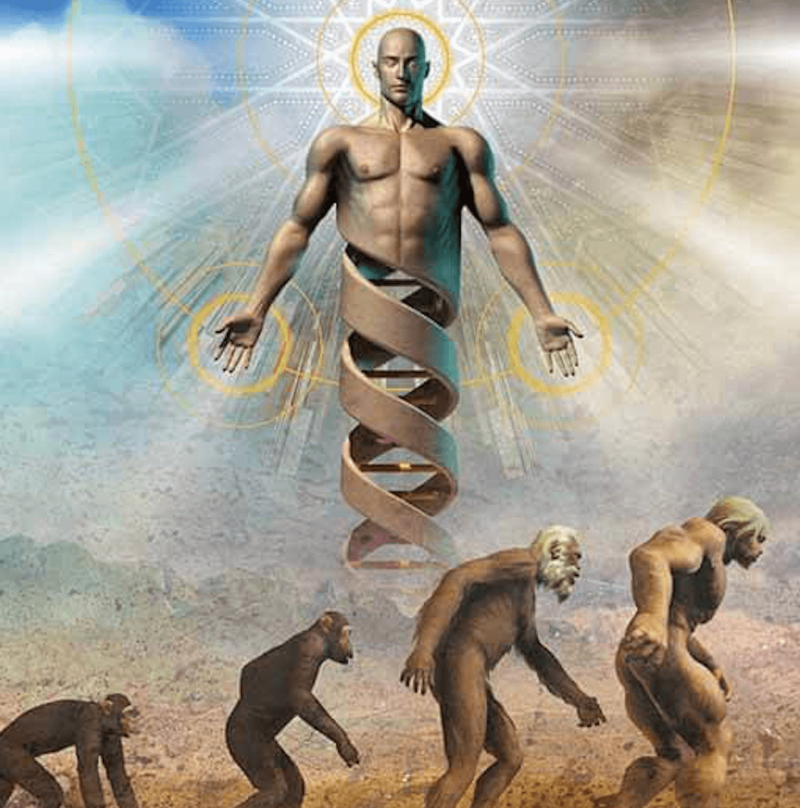When Charles Darwin first proposed natural selection as the mechanism of evolutionary change, he provided many different lines of reasoning. One of them was that he and other biologists had observed striking examples of suboptimal design in nature. If a creator-God was perfect and designed the world and everything in it according to His perfect plan, how could poor structure/function be explained?
…
My book documents scores of these “human errors,” but I would love to know what intelligent design supporters say about these.
…
Why are we designed with nonfunctional pseudogenes? In the human genome, there exist broken-down versions of once-functional genes. Formally called pseudogenes, these genetic elements have no function and are usually not expressed at all, but they bear striking resemblance to important and functional genes in other species.
…
Why are humans so inefficient with reproduction? The one thing that a species absolutely must be able to do is reproduce, so this is an area that humans must have mastered, right? Not even close. In fact, humans may be the least fertile of the apes. More than 10 percent of couples have trouble conceiving.
…
As far as I can tell, the only creationist response to human design flaws is, “That’s just the way it is.” This is not a scientific answer and offers no exploratory way forward.
Editor’s note: Nathan Lents is a professor of biology at City University of New York
Read full, original post: Five Questions about Human Errors for Proponents of Intelligent Design































